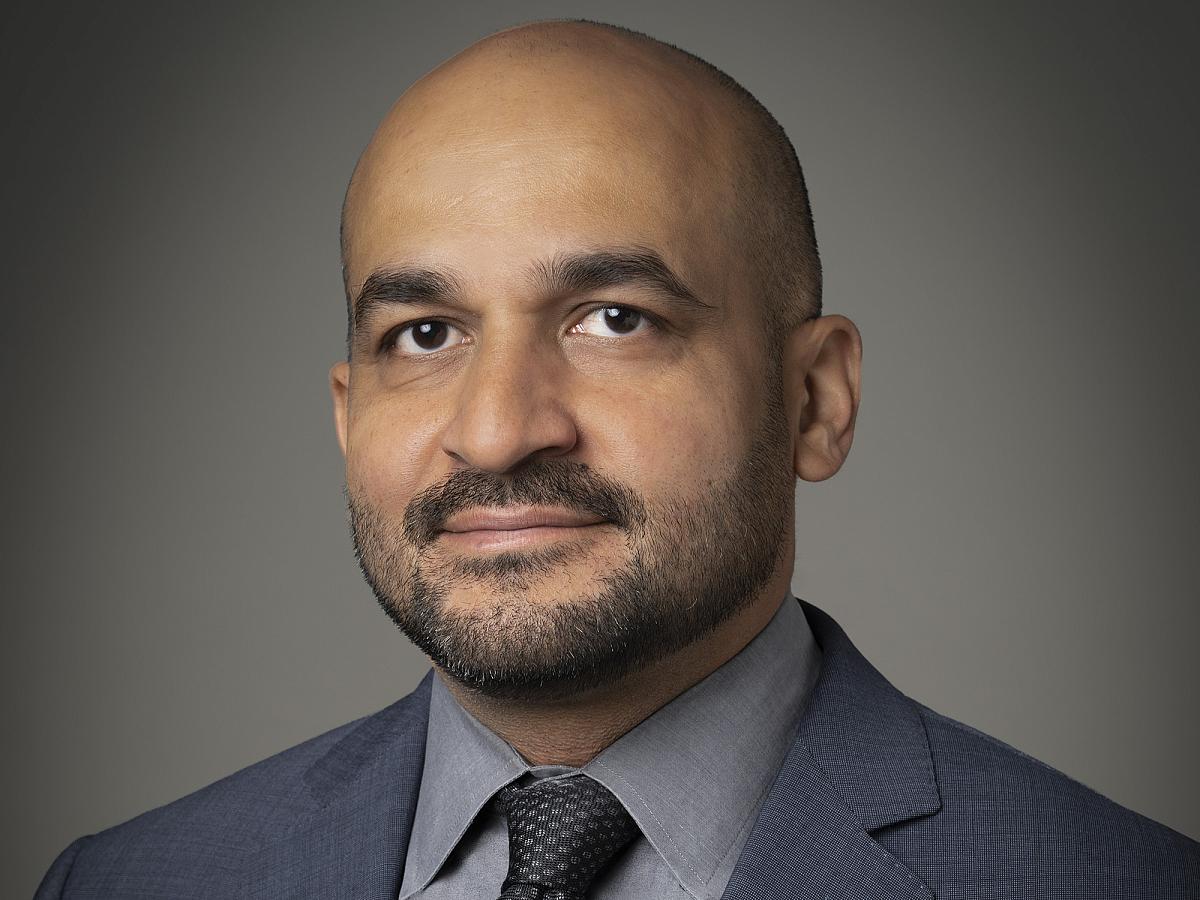
Moran Physician Directory
The John A. Moran Eye Center at the University of Utah provides care in all ophthalmic specialties and is a major referral center performing more than 180,000 patient visits and 9,000 surgeries annually at 11 locations. We look forward to partnering with you to provide the best possible outcomes for your patients.
Call or Fax to Refer
Phone: 801-213-2001
Fax: 801-213-6972
Online Form to Refer
Epic Link to Refer
Emergency Referrals
Call 801-581-2121 and ask the hospital operator to page the ophthalmologist on call.
Is your patient traveling from outside of Utah?
Plan a VisitCataract Surgery
- Phacoemulsification
- Femtosecond laser-assisted
- High-risk or complicated cataracts
- Intraocular lens problems
Comprehensive Ophthalmology
- Injuries
- Ophthalmic pathology
- Ophthalmic imaging
- Issues with the eyelids and areas around the eye, including pink eye
- Vision correction needs and options
Corneal Disease and Refractive Surgery/LASIK
- Astigmatism
- Burns
- Clear lens extraction
- Cornea and external diseases of the eye
- Corneal transplants
- Farsightedness (hyperopis)
- LASIK and PRK
- Nearsightedness (myopia)
- Phakic intraocular lens implants
Glaucoma
- Services
- Specialists: Medical and Laser Treatments
- Specialists: Surgical Only
- Specialists: Medical and Surgical
- Refer a Patient
- Clinical examination and full diagnostic testing for all categories of glaucoma in adults and children
- Complete medical and laser surgery glaucoma treatment, including trabeculoplasty, iridotomy, and laser cyclophotocoagulation
-
Minimally invasive glaucoma surgery, including goniotomy, canaloplasty, trabeculotomy, trabecular bypass shunts, and suprachoroidal shunts
-
Best practice conjunctival filtering surgery, including trabeculectomy, conjunctival shunts (such as XEN), and tube shunts
Neuro-Ophthalmology
- Anterior ischemic optic neuropathy
- Blepharospasm
- Diagnostic measuring of pupillary function, ocular motility, color vision, optic nerve function, and cortical control of vision
- Diplopia
- Electrophysiology testing
- Eye pain
- Graves' ophthalmology
- Idiopathic intercranial hypertension
- Intermittent visual abnormalities
- Optic nerve drusen
- Optic neuritis
- Unexplained visual loss
- Visual disturbances related to dysfunction of the nervous system
Oculoplastic and Facial Plastic Surgery
- Cosmetic and reconstructive surgical procedures (including upper blepharoplasty, internal brow elevation, and transconjunctival lower blepharoplasty)
- Artificial eye and ophthalmic socket disorders
- Blepharospasm and squeezing disorders
- Burns
- Congenital conditions
- Congenital lacrimal obstruction (tearing in children)
- Dry eyes and tearing problems
- Ectropion (eyelids that turn out)
- Entropion (eyelids that turn in)
- Enucleation and evisceration (loss of an eye)
- Eyelid bumps and tumors
- Eyelid malpositions
- Eye trauma
- Eyelash abnormalities
- Facial fractures
- Facial nerve palsy
- Facial wrinkles
- Graves' disease
- Orbital tumors
- Periocular skin cancer (skin tumors around the eye)
- Ptosis (droopy eyelids)
- Thyroid eye disease
- Tumor removal
Patient Support Program
- Orientation to Vision Loss Seminar (at no cost)
- Vision Rehabilitation
- Counseling (Individual & Family)
- Health & Behavior Assessment & Intervention
- Support & Education Groups
-
Occupational Therapy
Pediatric Ophthalmology and Adult Strabismus
- Clogged tear ducts
- Electrophysiologic testing (ERG, EOG, VEP)
- Lazy eye (amblyopia)
- Cataract surgery
- Retinopathy of prematurity
- Strabismus surgery
Retinal Diseases and Surgery
- A and B ultrasonography
- Age-related macular degeneration
- Diabetic retinopathy
- Digital and indocyanine green (ICG) angiography
- Electro-oculography (EOG)
- Electroretinography (ERG)
- Endophthalmitis
- Fundus photography and angiography
- Macular edema
- Macular epiretinal membranes and macular holes
- Macular pucker
- Pediatric retina
- Posterior segment trauma
- Proliferative vitreoretinopathy
- Retinal detachment surgery
- Retinal holes/retinal tear
- Retinitis pigmentosa and other hereditary retinal degenerations
- Retinopathy of prematurity
- Retinal vascular disease
- Visually evoked potentials (VEP)
- Vitreous detachment and vitreous floaters
Uveitis and Ocular Infectious Diseases
- Comprehensive management of adult and pediatric non-infectious and infectious uveitis, including anterior, intermediate, posterior, and pan-uveitis along with retinal vasculitis, and autoimmune retinopathy. May be secondary to underlying arthritis, inflammatory/auto-immune disease, clinical masquerades, paraneoplastic syndromes, and immunotherapy related adverse effects (IRAEs)
- Coordination with various departments, including Pediatric and Adult Rheumatology, Infectious Disease, and Oncology for comprehensive care of complex uveitis patients
- Specialized ophthalmic imaging, including ultrasonography, photography (color, autofluorescence), angiography (IVFA, ICG), optical coherence tomography (OCT/OCT-A, wide-field, EDI), visual field testing (Humphrey, Goldmann), and electroretinograms (multifocal and full-field ERG)
- Local and systemic treatment modalities, including periocular injections, suprachoroidal injections, intravitreal injections and implants, immunomodulatory therapy (IMT), biologics and biosimilars
- Advanced surgical techniques for intraocular biopsies and management of uveitis complications, including complex cataract extraction and vitreoretinal surgery
- Advanced diagnostics including small-volume fluid and tissue analyses, such as molecular PCR and immunohistochemical testing
- Clinical trials and research











































